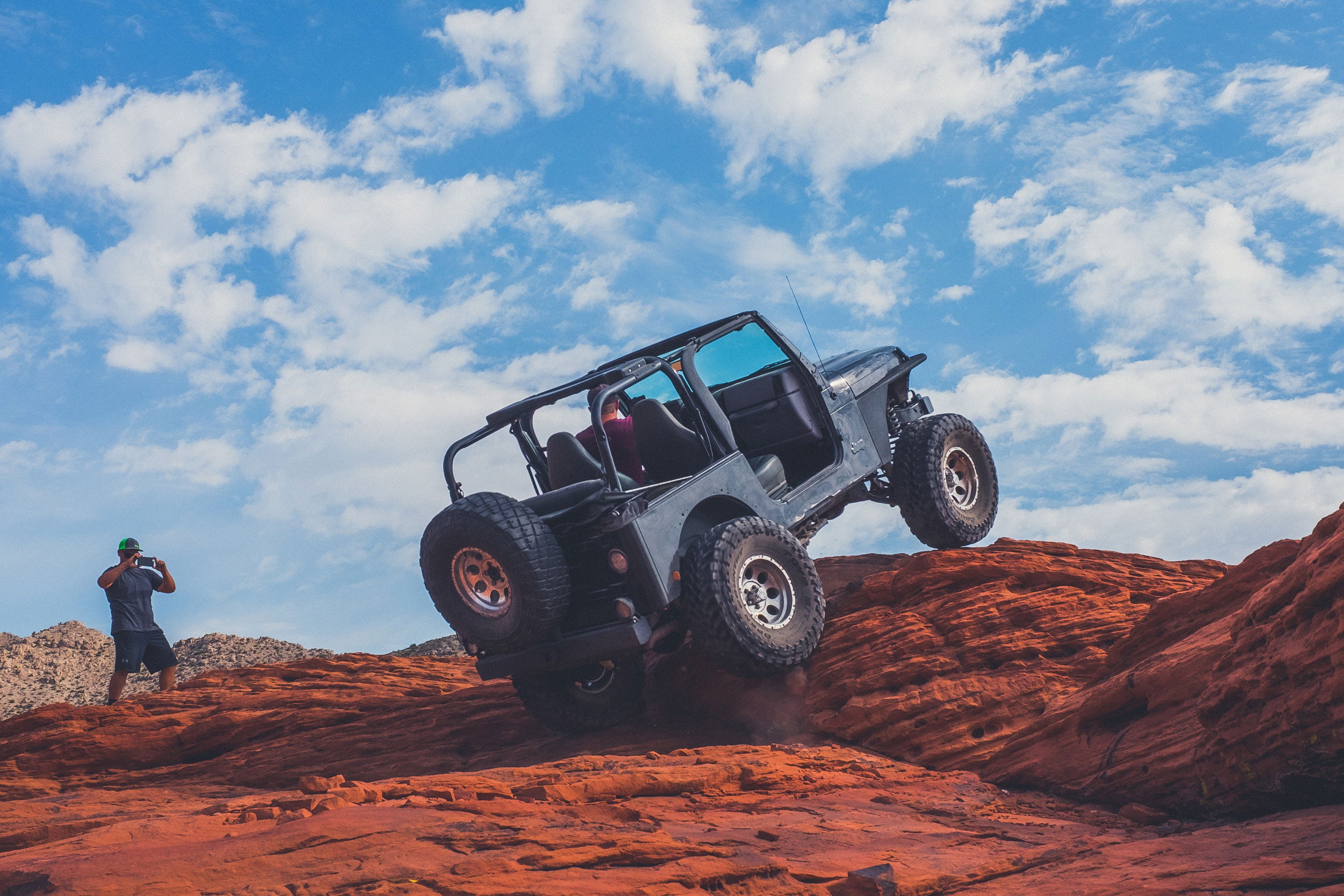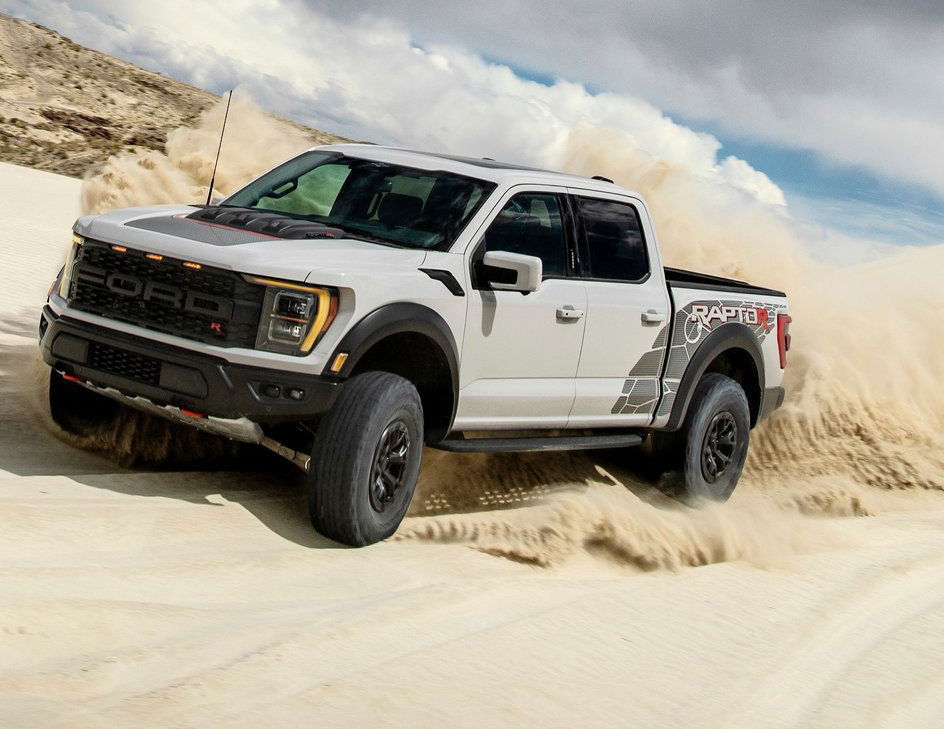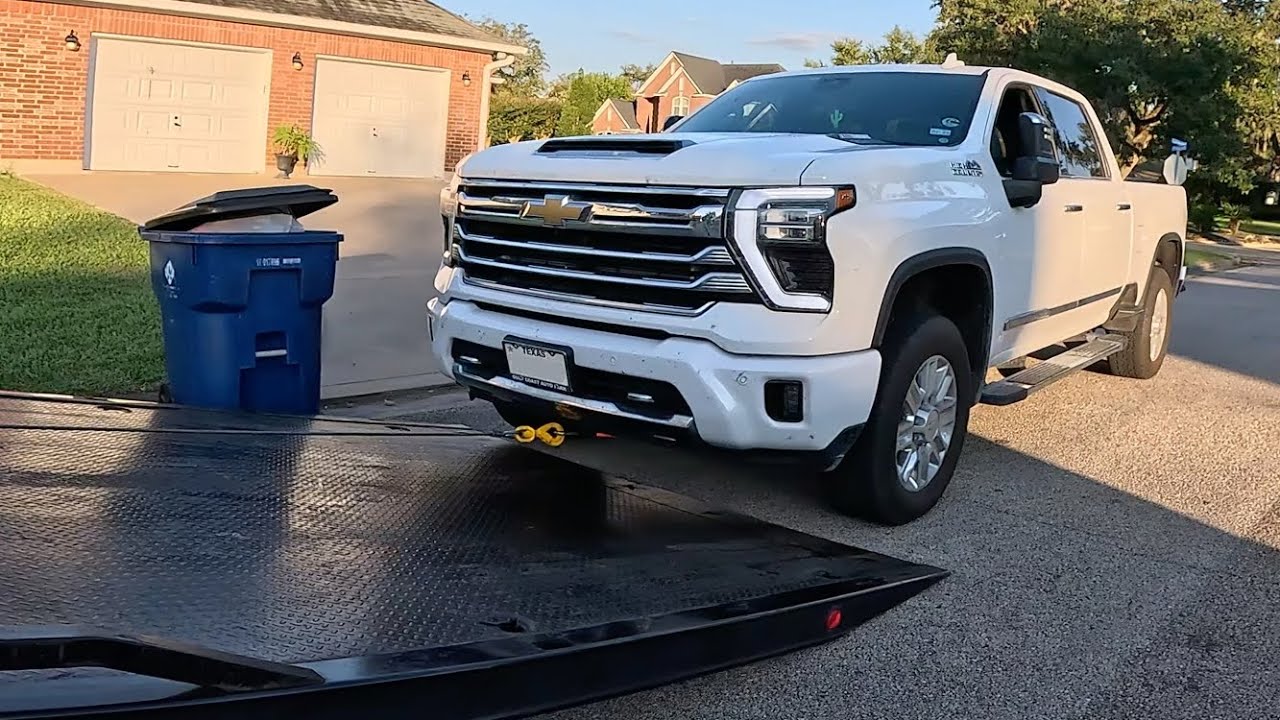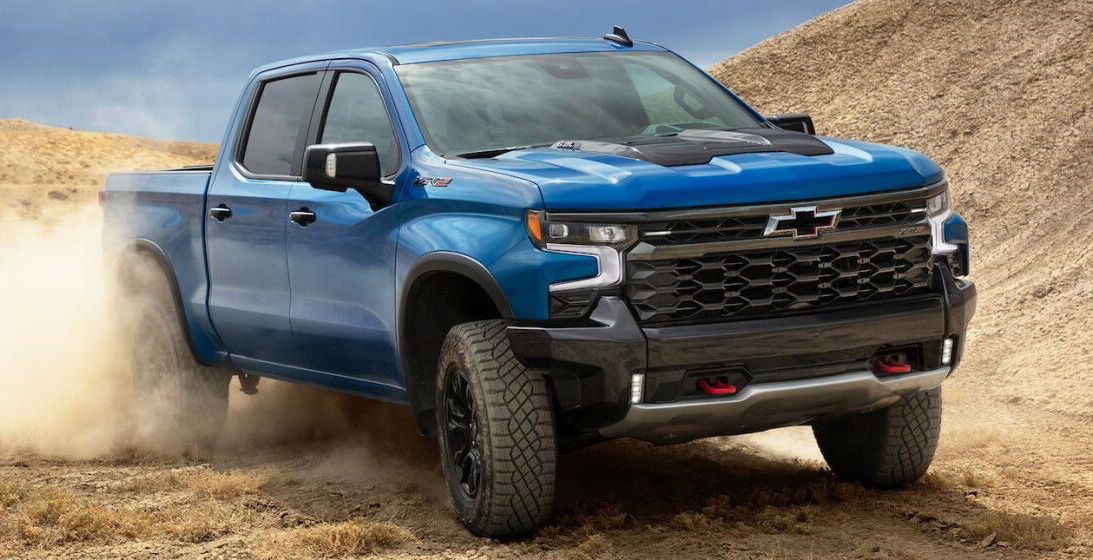When driving off-road or through tough terrains, 4 High (4Hi) is one of the most commonly used settings in a 4x4 or four-wheel drive (4WD) vehicle. But a question that often sparks debate is: How fast can you drive in 4 High?
Understanding the speed limits in 4Hi, the mechanics behind 4WD systems, and the risks of pushing your vehicle too hard is crucial for performance, safety, and longevity.
This is where we break down everything you need to know about 4 High speed limits, manufacturer recommendations, and expert insights to help you maximize your rig’s capabilities without causing damage.
See also:
4 High (4Hi) – What It Is And When To Use It

4 High (4Hi) is your rig’s "traction turbo" mode—sending equal power to all four wheels for grip-heavy action on snow, mud, or loose terrain.
Unlike 4 Low’s crawler gear, 4Hi lets you haul butt at higher speeds while staying planted. Just don’t use it on dry pavement—your drivetrain will hate you. You’ll soon see why.
The Quick Lowdown
- 4 High (4Hi) is a part-time four-wheel drive mode that splits power evenly between the front and rear axles (typically a 50/50 torque split).
- It’s designed for low-traction conditions like snow, mud, gravel, or sand, where extra grip is needed.
- Unlike 4 Low (4Lo), which provides maximum torque for crawling at slow speeds, 4 High allows for higher speeds while maintaining better traction.
When Should You Use 4 High?

When to use 4 High? Crank it when Mother Nature throws a tantrum—snowstorms, mud bogs, loose gravel, or sketchy sand—anywhere traction taps out. It’s your "oh crap, I need grip" button, perfect for high-speed dirt roads or blizzards.
Just don’t be that guy using it on dry pavement; your truck isn’t a Transformer. Save 4Hi for the messy stuff.
The Quick Lowdown For When To Use 4Hi
- Slippery roads (wet, icy, or snow-covered pavement)
- Off-road trails with loose terrain (gravel, dirt, sand)
- Moderate inclines where extra traction is beneficial
- High-speed off-roading (e.g., desert running, rally-style driving)
The reason you should never use 4 High on dry pavement is because it can cause binding, drivetrain stress, and premature wear due to the lack of wheel slip needed for differential action.
How Fast Can You Drive In 4 High? Manufacturer Recommendations

The maximum speed in 4 High varies by vehicle, but most manufacturers recommend staying below 55–65 mph (88–105 km/h). Here’s a breakdown of some popular models:
| Vehicle Model | Recommended 4Hi Speed Limit |
| Jeep Wrangler (JL/JK) | 55–65 mph |
| Ford F-150 (4x4) | 60 mph |
| Toyota Tacoma (4WD) | 55–60 mph |
| Chevrolet Silverado | 60 mph |
| Land Rover Defender | 70 mph (varies by terrain) |
Why Is There A Speed Limit In 4 High?
So, why can’t you just send it in 4 high? Physics, dude. At high speeds, your 4WD system turns into a drama queen—axles fight for dominance, gears overheat, and tires throw tantrums because they can’t slip like they need to.

It’s like forcing a sumo wrestler to sprint; something’s gonna break. Manufacturers cap speeds to keep your wallet safe from exploding transfer cases and angry differentials. Play stupid games, win stupid repair bills.
The Lowdown For Why There’s A Cap
- Drivetrain Stress – At high speeds, the transfer case and differentials experience increased heat and wear due to constant engagement.
- Tire Binding – On surfaces with good traction, the front and rear axles rotate at slightly different speeds, causing wind-up and potential damage.
- Handling Risks – 4WD systems can make steering feel heavier and less responsive at high speeds.
- Fuel Efficiency – Running in 4 High increases drag, reducing MPG.
Can You Exceed The 4Hi Speed Limit?

Can you blast past 4Hi’s speed limit? Technically? Sure—until your transfer case files for divorce. Built rigs with reinforced drivetrains flirt with danger at 80+ mph, but stock trucks? That’s a one-way ticket to Snap City. Speed demons risk grenading gears for glory.
Listen: If you hear "ka-chunk," you’ve already lost. Seriously though, some drivers, including off-road racers, do exceed the manufacturer’s recommended 4 High speed limits, but it comes with risks.
Real-World Testing: How Fast Have People Gone In 4 High?
- Desert Racing: Trophy trucks and Baja-style rigs often run 80–100+ mph in 4WD, but they use custom-built drivetrains designed for high-speed off-roading.
- Rally Cars: Many AWD rally vehicles operate at high speeds in loose conditions, but they have center differentials that allow slip.
- Modified 4x4s: Some heavily modified trucks (with upgraded transfer cases, lockers, and cooling systems) can safely push 70–80 mph in 4Hi for short bursts.
Dangers Of Driving Too Fast In 4 High

Pushing 4Hi past sane speeds is like redlining a blender full of rocks—something’s gonna grenade spectacularly. Transfer cases overheat and tap out, differentials wage civil war, and tires either explode or scrub themselves bald.
Steering gets weirdly heavy, then suddenly light right before you meet a tree. And that $5,000 drivetrain repair bill? Yeah, that’s on you.
- Transfer Case Failure – Overheating can lead to seizure or catastrophic failure.
- Axle/Differential Damage – High-speed stress can snap CV joints or ring gears.
- Tire Explosion Risk – If tires can’t slip, sidewall stress increases.
- Loss of Control – Sudden traction changes (e.g., hitting pavement) can cause snap oversteer or driveline binding.
See also:
Expert Tips For Driving Fast In 4 High

Want to rip through 4Hi like a Baja champ? Ditch stock fluids—synthetic 75W-140 in diffs and a thermal-wrapped transfer case buys you margin.
Pre-load your center diff (if equipped) to prevent wind-up chaos. Tire temps matter more than pressure—shoot for 160°F sidewalls on infrared.
And always drive in loose stuff; pavement is a silent drivetrain killer. Bonus secret sauce for speed demons in 4 High: A 10% underdrive pulley reduces parasitic drag.
Follow these pro tips to minimize risk if you need to maintain higher speeds in 4Hi:
1. Use 4 High Only When Necessary
- Switch back to 2WD once traction improves.
- Avoid dry pavement in 4WD to prevent drivetrain binding.
2. Monitor Drivetrain Temperatures
- Install an aftermarket transfer case temp gauge if pushing limits.
- Let the system cool down after prolonged 4WD use.
3. Upgrade Your Drivetrain for High-Speed 4x4 Use
- HD Axles and U-Joints: Stronger components handle stress better.
- Improved Cooling: Auxiliary transmission and transfer case coolers help.
- Locking Hubs (if applicable): Manual hubs reduce drag when not needed.
4. Adjust Tire Pressures for High-Speed Off-Roading
- Lower pressures (15–25 PSI) improve traction but increase heat at speed.
- Reinforced sidewalls (e.g., E-load range tires) handle stress better.
5. Know Your Vehicle’s Limits
- Older solid-axle trucks may not handle high-speed 4WD as well as modern independent front suspension (IFS) models.
- Full-time 4WD/AWD systems (like in Land Cruisers or Subarus) are better suited for highway speeds.
4 High vs. Other 4WD Modes: Speed Comparisons
Think of 4Hi as your rally mode—good for 55-65 mph charges through loose terrain. 4Lo? That’s your tank gear, capped at 25 mph but unstoppable on rocks. AWD/Full-Time 4WD laughs at speed limits but sips traction.
Meanwhile, 2WD is your pavement princess, uncorked for top speed but useless when the earth moves. Choose wrong, and your drivetrain becomes a very expensive paperweight.
| 4WD Mode | Max Recommended Speed | Best Use Case |
| 2WD | No limit (vehicle max) | Dry pavement, fuel efficiency |
| 4 High | 55–65 mph | Snow, gravel, sand, light off-road |
| 4 Low | 25–35 mph | Rock crawling, steep climbs |
| AWD | No limit (varies) | All conditions, on-road stability |
Final Verdict: How Fast Can You Safely Go In 4 High?

For most stock 4x4 trucks and SUVs, the safe 4 High speed limit is 55–65 mph. While some drivers push beyond this, doing so regularly or on dry pavement risks costly damage. Knowing how fast you can go in 4 High is about balancing performance, safety, and mechanical limits.
While pushing boundaries can be tempting, respecting your 4x4 system’s design ensures you keep rolling for years to come.
Did we miss anything? Drop your 4 High speed experiences in the comments below!
Key Takeaways:
✅ 55–65 mph is the general safe limit for 4 High.
✅ Never use 4Hi on dry pavement—switch to 2WD when traction improves.
✅ High-speed 4WD is possible but requires drivetrain upgrades.
✅ Monitor temps and avoid prolonged high-speed 4x4 use.
FAQs About 4 High Speed Limits
Q: Can you drive 70 mph in 4 High?
A: Some modern trucks can handle brief bursts up to 70 mph, but prolonged use at this speed increases wear.
Q: What happens if you drive too fast in 4WD?
A: Risk of overheating, drivetrain binding, and mechanical failure increases significantly.
Q: Can you switch from 4Hi to 2WD while moving?
A: Most vehicles allow shifting on the fly at speeds under 50–55 mph—check your owner’s manual.
Q: Is 4 High better for towing?
A: Only in low-traction conditions—otherwise, stick to 2WD to avoid drivetrain stress.